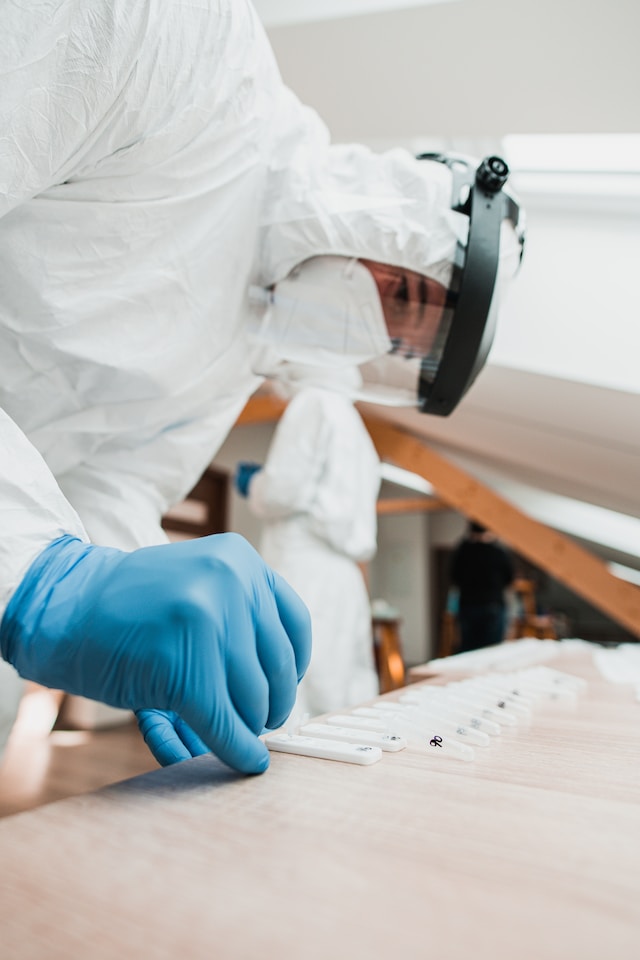Introduction: As the COVID-19 pandemic persists, at-home testing kits have gained popularity as a convenient and accessible option for individuals seeking to detect the virus. However, concerns about the reliability of these kits have raised questions regarding their effectiveness in accurate COVID-19 diagnosis. In this article, we will explore the reliability of at-home COVID-19 testing kits, providing insight into their accuracy, limitations, and considerations for users.
Accuracy of At-Home Testing Kits: At-home COVID-19 testing kits have improved over time and can provide reliable results when used correctly. Many kits employ antigen tests, which detect specific proteins from the virus, while others rely on molecular methods like polymerase chain reaction (PCR) tests. PCR tests are considered the gold standard for COVID-19 diagnosis due to their high sensitivity and specificity. However, it is important to note that the accuracy of at-home testing kits can vary depending on factors such as sample collection, handling, and the specific brand or model of the kit.
Sample Collection and Handling: The accuracy of at-home testing kits heavily relies on proper sample collection and handling. Users must follow the instructions meticulously to ensure that an adequate sample is obtained and preserved correctly. Improper swab technique or mishandling of the sample can lead to false negatives or false positives, compromising the reliability of the results. It is crucial to pay close attention to the instructions provided and seek clarification if needed to minimize errors during sample collection and handling.
Limitations of At-Home Testing: While at-home testing kits offer convenience and accessibility, they do have certain limitations. Rapid antigen tests, which are commonly used in at-home kits, may have a higher chance of false negatives compared to PCR tests. These tests may not detect low levels of the virus in asymptomatic or early-stage infections. Therefore, if symptoms persist or exposure to COVID-19 is suspected despite a negative result, individuals should consider seeking confirmation through a PCR test conducted by healthcare professionals.
Professional Supervision and Interpretation: At-home testing kits lack the direct supervision of healthcare professionals, which can introduce potential challenges in terms of proper usage and result interpretation. Users must carefully read and understand the instructions provided with the kit. Clear and user-friendly instructions are vital to ensure that individuals correctly perform the test and accurately interpret the results. Misinterpretation or improper usage can lead to inaccurate outcomes, compromising the reliability of the testing process.
Considerations for Users:
- Supplementary Testing: At-home testing kits should be seen as a complement, rather than a substitute, for laboratory-based testing. If an at-home test yields a positive result, individuals should follow up with confirmatory testing conducted by healthcare professionals to ensure accurate diagnosis and appropriate care.
- Public Health Guidelines: At-home testing should be carried out in conjunction with adhering to public health guidelines, such as mask-wearing, social distancing, and hand hygiene. A negative test result does not guarantee immunity or prevent the risk of infection, as individuals can contract the virus after the test.
- Monitoring Symptoms: It is important to remember that testing is just one part of managing the COVID-19 pandemic. Monitoring symptoms, staying informed about local transmission rates, and seeking medical advice if symptoms persist or worsen remain critical in safeguarding public health.
Conclusion: At-home COVID-19 testing kits can provide reliable results when used correctly and in line with the provided instructions. However, users must be aware of the limitations associated with these kits, such as the potential for false negatives and the need for confirmatory testing. Clear communication, proper sample collection, and adherence to instructions are crucial to ensuring accurate results. At-home testing should be seen as a valuable tool in the overall strategy to combat the spread of COVID-19, complementing other preventive measures and public health guidelines.




